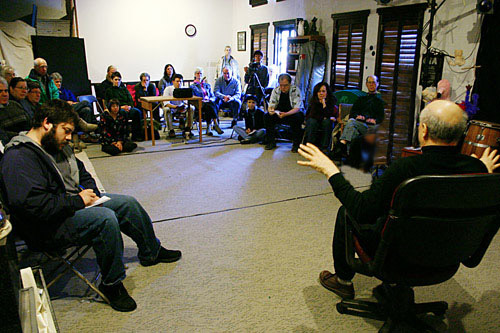
Controversy, distrust & skepticism have reared their ugly heads in relation to the charity art auctions. There is concern that they might be fake, might be overpriced, might be this and that…all the concerns of someone who is not familiar with the artworks available in the art market today, and that makes sense. Generally, nobody learns about this art history stuff either in school or afterward, and why should they? You merely pay an interior decorator to use that knowledge on your behalf. Paying someone else to know something is not new…ask any lawyer…if you can get a straight answer.
Original, authenticated Rembrandts, Renoirs, Chagalls, Miros, Picassos and more abound on the art market, all at recorded bonafide public auction prices, and you can trace the prices throughout the past four centuries on Gordon’s database, upon which the print dealer relies, and about which the public knows exactly nothing.
I can trace the prices, including last auction prices, of any major artist’s etchings, lithographs, multiple sculptures, just about anything that exists in multiple format, for the past 400 years, if they’ve shown up in auction anywhere during that time.
More than that, I can trace a specific numbered and identified print, such as a particular copy of Rembrandt’s “Descent From The Cross By Torchlight”, once owned by someone known for his or her Rembrandt collection. I have cross-references in Lugt to verify the data, and of course I own a Rovinski, one of only four known copies, which actually has a sample of every state of every Rembrandt etching known.
In short, I know my stuff. But unfortunately, the public knows nothing about any of this, so my knowledge is wasted by ignorance; such is life on Planet Earth.
What can I do to allay the fears? Actually, nothing. But I can eliminate the Fear Objects themselves. How? Simply by not having them in the auction. No Blue Chip art, period. Just local artists and donation pieces only. This will certainly solve the problem. It is how the charity art auction always solves the problem, and that’s why charity art auctions have the reputation of selling junk art, because that’s what they have to do, unless the bidders bring their own art consultant or decorator with them.
By the way, decorators are just as ignorant of the art market as the general public — they depend entirely upon magazines and trade shows to get their clues on what’s selling today, not what’s good or great.
Blue Chip Art is not a necessity for a good charity art auction — it’s for the benefit of the hosting organization, because the names bring more people, but heck, I’m game to try it without the big names; I’m due for a belly-bustin’ laugh or two.
See You At The Top!!!
gorby

